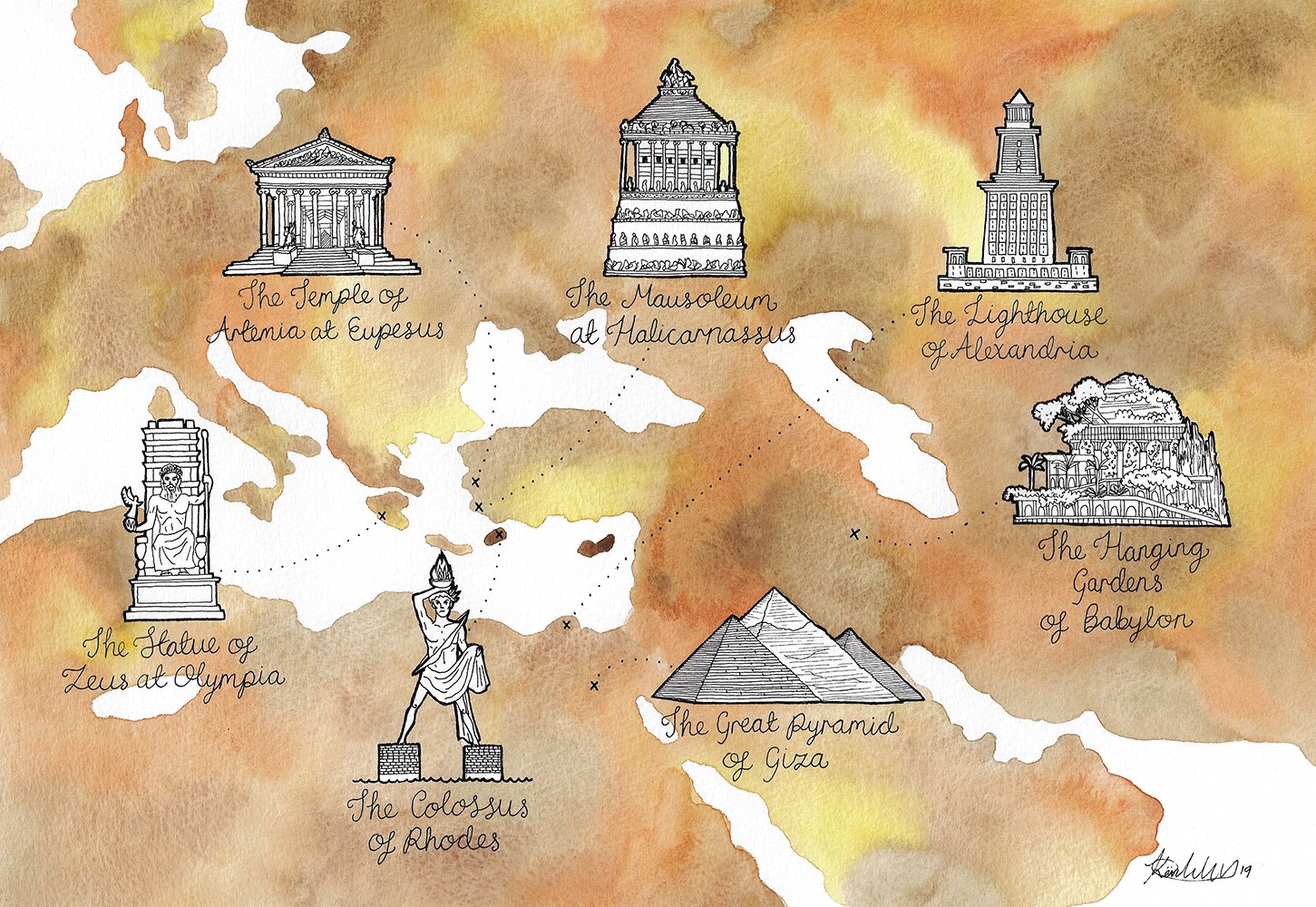7 Wonders of the Ancient World — The Original Marvels
Explore the legacy of the original wonders of the world, where ancient creativity and ingenuity shine.
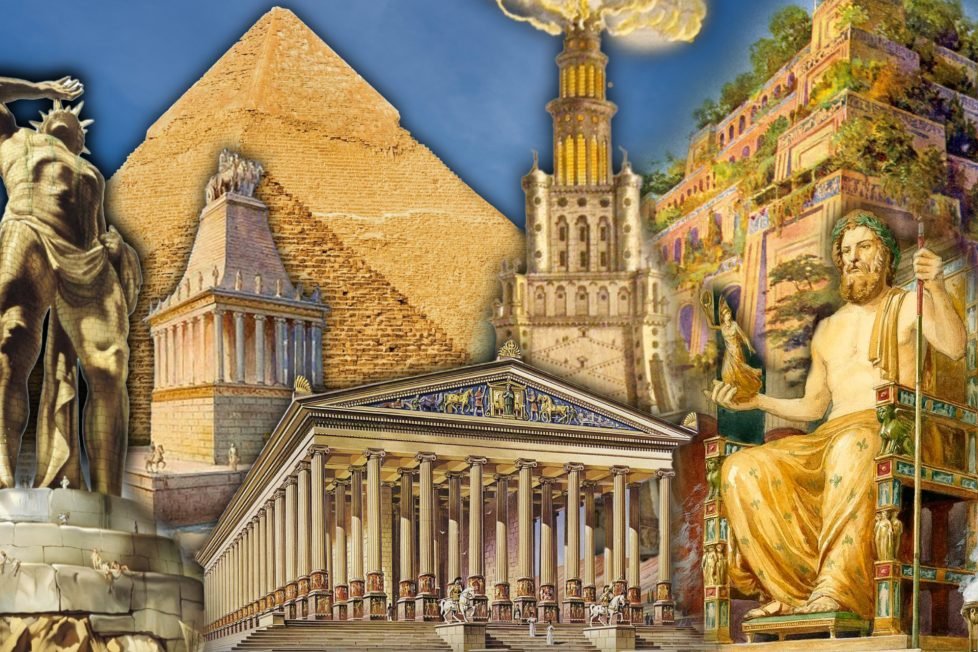
Explore the legacy of the original wonders of the world, where ancient creativity and ingenuity shine.

Table of Contents
ToggleA long long time ago, in lands filled with mystery and wonder, seven remarkable structures stood tall. They were the Seven Wonders of the Ancient World, built between 2570 BC and 280 BC in places like Egypt, Greece, and Turkey. These wonders were not mere buildings—they were symbols of human creativity, skill, and vision.
Greek scholars were the first to describe these wonders in writing. They saw amazing things on their journeys and wanted to share them. A poet named Antipater of Sidon made the most famous list in the 2nd century BC. His list wasn’t just an academic exercise, it was a useful guide for potential travelers.
Each wonder had a special meaning. Some were built to honor kings or gods. Others showed the power of a city or its people. From the grand Great Pyramid of Giza to the beautiful Hanging Gardens of Babylon, each had its own story to tell.
Now let’s explore each of the seven wonders, learn why they were built, and discover what made them so amazing. These wonders may be ancient, but their stories are still alive, waiting to be told.
Standing in the desert landscape near Cairo, the Great Pyramid of Giza is a sight to behold. Built around 2570 BC during the reign of King Khufu, it’s the oldest wonder on our list and the only one still standing today. It was once a towering 481 feet (147 meters) high, making it the world’s tallest man-made structure for over 3,800 years.
The Great Pyramid was built as a tomb for the pharaoh Khufu, a god-king to his people. Inside the pyramid, his mummified body and belongings were meant to be protected for his journey to the afterlife. It was also a symbol of his connection with the sun god Ra, a relationship that was reflected in the pyramid’s design.
Designed by Hemiunu, a royal architect, the Great Pyramid was a marvel of ancient engineering. Hemiunu used sacred geometry to create a shape that would reflect the sun’s rays, giving the illusion of greater height.
Building the Great Pyramid was no small feat. An estimated 2.3 million large blocks, weighing 6 million metric tons, were used. The workers were organized into teams, using sledges, ramps, levers, and ropes to move the massive stones. They were paid in food and clothing, working in shifts throughout the year.
Over time, the Great Pyramid has somewhat decayed. It was plundered both inside and out, and natural erosion, earthquakes, and pollution have taken their toll. The smooth white limestone exterior cladding that once made it shine brightly has disappeared, yet its grandeur remains.
One of the most incredible facts about the pyramid is its precision. It’s aligned with an astonishing degree of accuracy with the stars and cardinal points. This level of precision has led some to wild speculations, like it being built by aliens. But evidence shows it was the work of human hands and minds.
Today, the Great Pyramid is a UNESCO World Heritage Site. Visitors can see it up close and even go inside the actual tomb, though be aware, it’s hot, crowded, and claustrophobic.
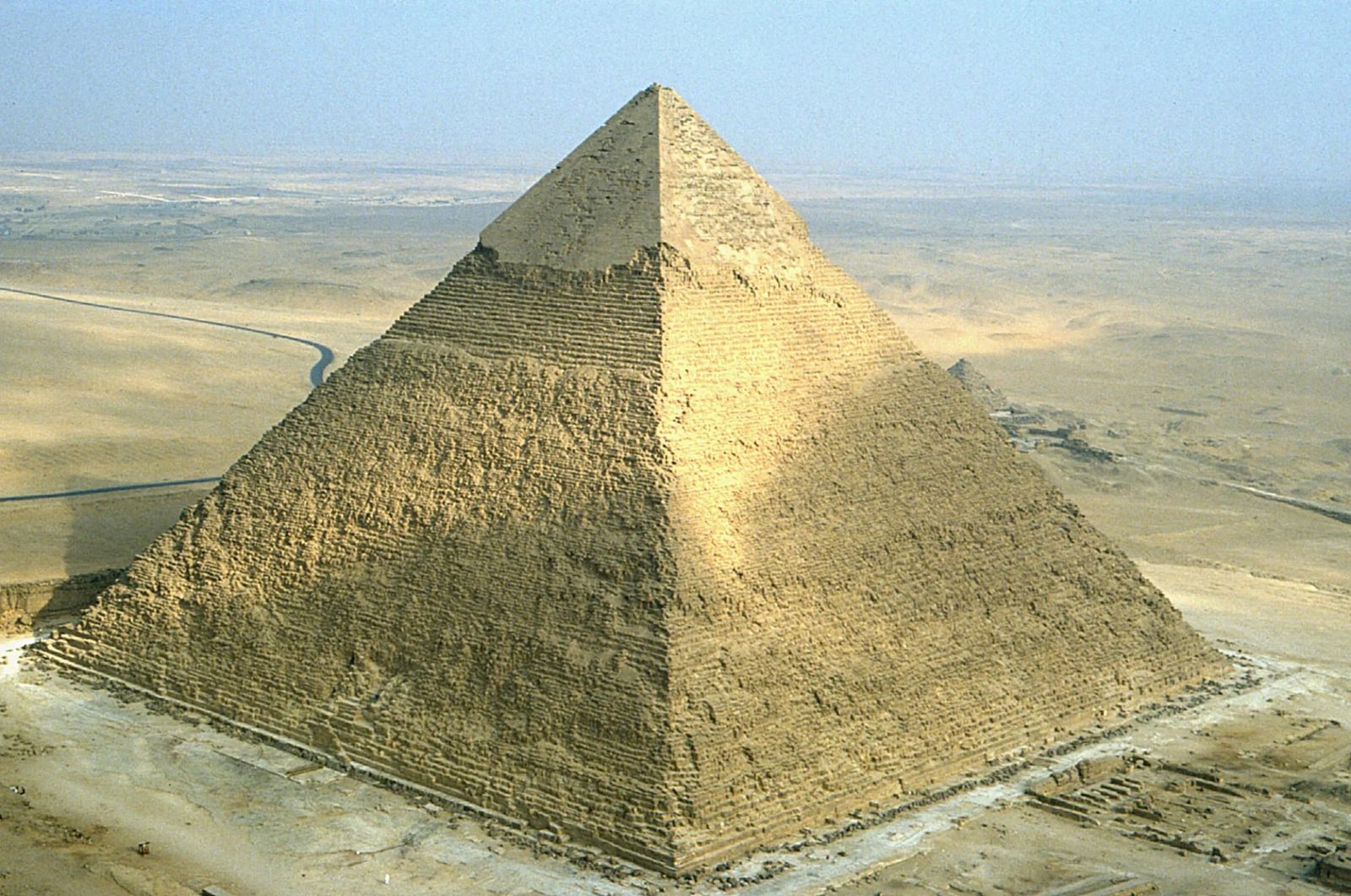
Imagine a garden that seems to float in the air, filled with lush greenery, exotic flowers, and the soothing sound of water. This is the vision that comes to mind when we think of the Hanging Gardens of Babylon. But unlike the Great Pyramid, the Hanging Gardens might be a mystery that remains forever unsolved.
The gardens were believed to have been built around 600 BC by King Nebuchadnezzar II. He wanted to impress and please his wife, Amytis, who missed the lush greenery of her homeland. So he created this lush paradise in the flat and arid land of Babylon.
The gardens were more than just a beautiful sight—they were a true engineering marvel. Designed as a series of tiered gardens, resembling a green mountain, they reached a height of up to 300 feet (91 meters). The most remarkable feature was the irrigation system, which brought water from the river to the plants. This feat of engineering has led to much speculation on how it was achieved, with theories ranging from chain pumps to screw pumps.
What ultimately happened to the Hanging Gardens is a mystery. Some say they were destroyed by an earthquake in 226 BC, while others believe they were abandoned and decayed over time. The most puzzling part is that no definitive archaeological evidence has been found to confirm their existence. Although, they are believed to have been located near the royal palace in Babylon, the capital of the Neo-Babylonian Empire.
The Hanging Gardens were a symbol of the king’s love for his wife and a display of his power and prestige. The gardens contained not only ornamental plants but also fruits, vegetables, herbs, and spices that served practical purposes.
Though visiting the original gardens is impossible, The Royal Botanic Gardens in London created a display in 2013 that offers a glimpse of how the gardens might have looked. It features a model with live plants and a video projection, allowing us to step into the world of ancient Mesopotamia.
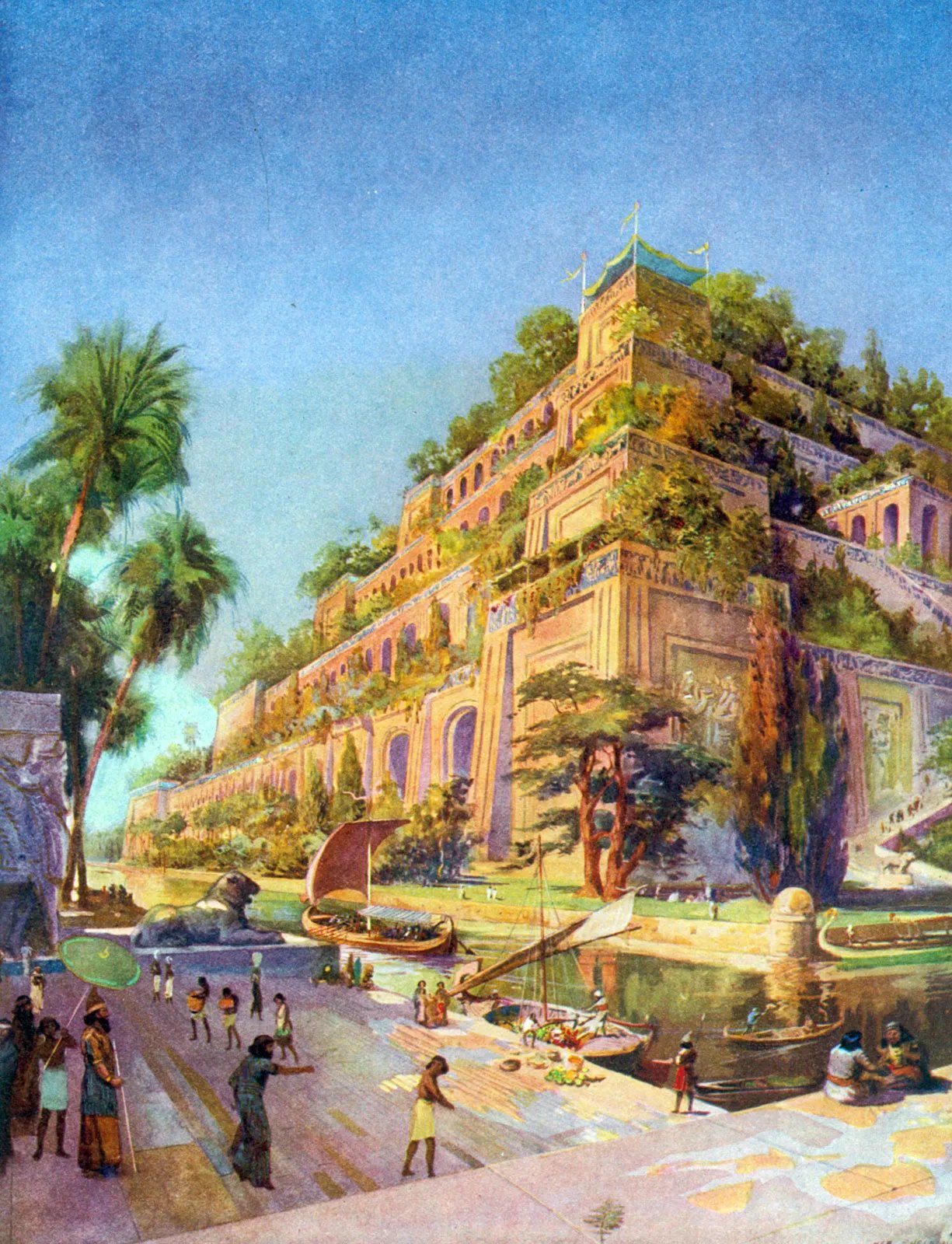
The ancient city of Ephesus, in modern-day Turkey, was once home to a temple so magnificent that it took people’s breath away. The Temple of Artemis, built around 550 BC, was a masterpiece that combined beauty, size, and innovation.
The temple was dedicated to Artemis, the Greek goddess of hunting, wild animals, and fertility. She was the patron goddess of Ephesus, and the temple was a place where her divine nature was celebrated. The Temple of Artemis was a massive structure, measuring 425 feet (129.5 meters) in length and 225 feet (68.6 meters) in width. Its roof was supported by 127 columns, each 60 feet (20 meters) tall.
The Temple of Artemis was destroyed by an arsonist named Herostratus on the day Alexander the Great was born (around July 21, 356 BC), only to be rebuilt by the people of Ephesus in 323 BC. Ultimately, it met its end either through invasion by the Goths in 268 AD or neglect, as the city embraced Christianity in the 5th century.
Designed by the architects Chersiphron and Metagenes, the temple was a marvel of ancient engineering. They used advanced techniques, such as creating a drainage system to prevent flooding. The temple’s frieze was adorned with carvings of Amazons, adding to its grandeur.
At the time, people believed that the temple had magical powers, such as curing diseases and granting wishes. It was also a sanctuary for criminals and slaves, offering refuge and protection. The temple’s influence reached far beyond Ephesus, attracting pilgrims from around the world.
Beyond its religious significance, the Temple of Artemis was a center of commerce and culture. It was a place where people gathered, exchanged ideas, and conducted business.
Today, the temple’s ruins are open to visitors. Though most of its grandeur has been lost to time, the site still offers a glimpse into the past. Walking up to the lone remaining column, one can almost hear the whispers of ancient prayers and feel the presence of Artemis herself.
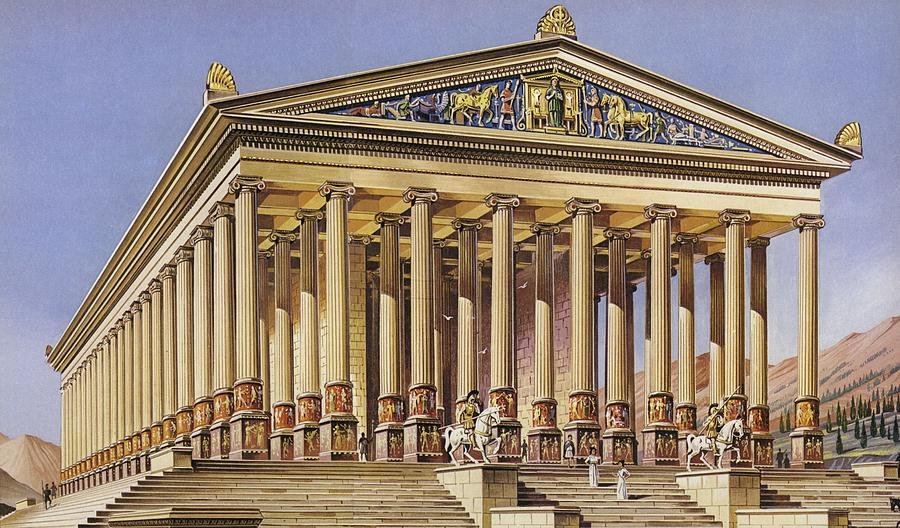
In the sanctuary of Olympia, Western Greece, there once stood a statue so grand that it brought the people that viewed it to tears. The Statue of Zeus, created around 435 BC by the renowned sculptor Phidias, was not just an artistic masterpiece but a divine marvel.
This giant seated statue, towering at about 41 feet (12.4 meters) tall, represented Zeus, the king of the gods. Located in the Temple of Zeus, it symbolized the divine majesty and goodness of the god and his role as the protector of the ancient Olympic Games.
Phidias, the artist behind this incredible creation, used gold and ivory to craft the statue. His design sought to express the perfect proportions and naturalism of the Greek classical style, using various materials to add texture and color. The statue held symbols of victory and authority in its hands, like a small statue of Nike and a scepter with an eagle.
The statue was a significant religious symbol, reflecting the spirit of ancient Greek civilization. It became a source of awe and admiration, influencing art and culture for generations. The statue’s presence was so powerful that it was believed to have magical properties, including the ability to cure diseases.
The statue’s life was not eternal. It met its end between the 4th and 5th centuries AD, either destroyed by the closure of pagan temples or simply collapsing due to disrepair. The exact date and circumstances remain unclear.
Though the original statue no longer exists, its influence is still felt today. It stands as a symbol of artistic excellence and innovation, embodying the values of the Olympic Games: peace, friendship, and fair play. The ruins of the Temple of Zeus and the workshop of Phidias at Olympia still bear witness to this divine marvel.
For those who wish to connect with this ancient wonder, a visit to the archaeological site of Olympia offers a glimpse into the past. It’s a UNESCO World Heritage Site, where the whispers of ancient athletes and the grandeur of the statue still linger.
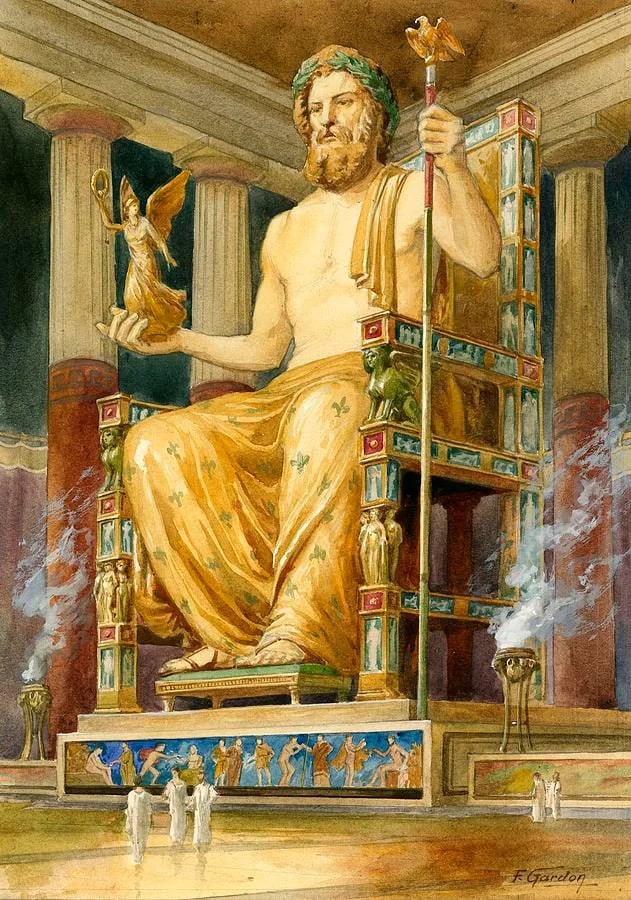
The city of Halicarnassus, now known as Bodrum in Turkey, was once the home of an architectural masterpiece that stood as evidence of the bond between spouses. The Mausoleum at Halicarnassus, completed in 351 BC, was a grand memorial for Mausolus, the ruler of Caria, and his sister-wife Artemisia.
The Mausoleum stood at approximately 148 feet (45 meters) high, it combined elements from different cultures and styles into a cohesive and striking design. A rectangular base, a colonnaded middle section, a stepped pyramid roof, and a magnificent four-horse chariot statue on top gave it a distinctive appearance.
Designed by the Greek architects Satyros and Pythius of Priene, the Mausoleum was adorned with sculptures created by renowned Greek artists. Each side of the building was entrusted to a different artist, resulting in a rich and diverse visual experience.
Beyond its artistic beauty, the Mausoleum was also an engineering triumph. The construction required thousands of workers, precise measurements, and sophisticated calculations. The use of local marble and imported materials like bronze, gold, and ivory added to its complexity and grandeur.
The Mausoleum was a symbol of the deep love and respect between Mausolus and Artemisia. According to legend, Artemisia mixed her husband’s ashes with water and drank them to show her grief.
Unfortunately the Mausoleum suffered a tragic fate. Damaged by several earthquakes, it was finally disassembled in 1494 AD by the Knights of St. John, who used its stones to build a castle.
Today, visitors can explore the site of the Mausoleum in Bodrum, where some foundation remains and columns can be seen. Alternatively, fragments of the Mausoleum can be viewed at the British Museum in London, offering a tangible connection to this ancient wonder.
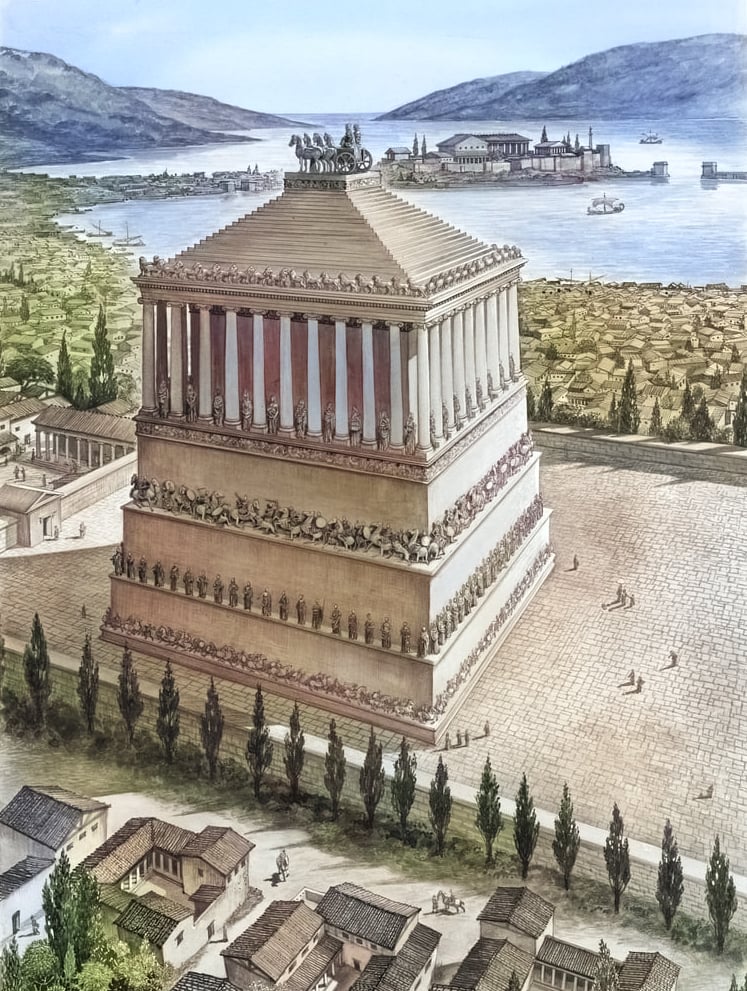
On the Greek island of Rhodes, in the ancient city of the same name, a towering bronze statue once stood as a beacon of victory and freedom. The Colossus of Rhodes, completed in 280 BC, celebrated the city’s successful defense against an attack by Demetrius I of Macedon.
Standing at an impressive height of 108 feet (33 meters), the Colossus was one of the tallest statues of the ancient world. It depicted the Greek sun god Helios, holding a torch and a spear, symbols of his power and light.
The Colossus was designed by Chares of Lindos, a student of the famous sculptor Lysippos. The construction took 12 years and was a tremendous feat of engineering. Made of bronze plates attached to an iron framework with a stone interior, the statue was erected on a high marble pedestal near the Rhodes harbor entrance.
Unfortunately, the grandeur of the Colossus was short-lived. In 226 BC, a massive earthquake struck, breaking the statue at its knees and causing it to fall. The fallen Colossus was left in place for over 900 years, a sad reminder of its former glory. Proposals to rebuild the Colossus have been made, though none have come to fruition.
Contrary to popular depictions, the Colossus did not straddle the harbor entrance. Such a stance would have been impossible given its height and weight. Instead, it most likely stood beside the harbor, still an awe-inspiring sight for arriving and departing ships.
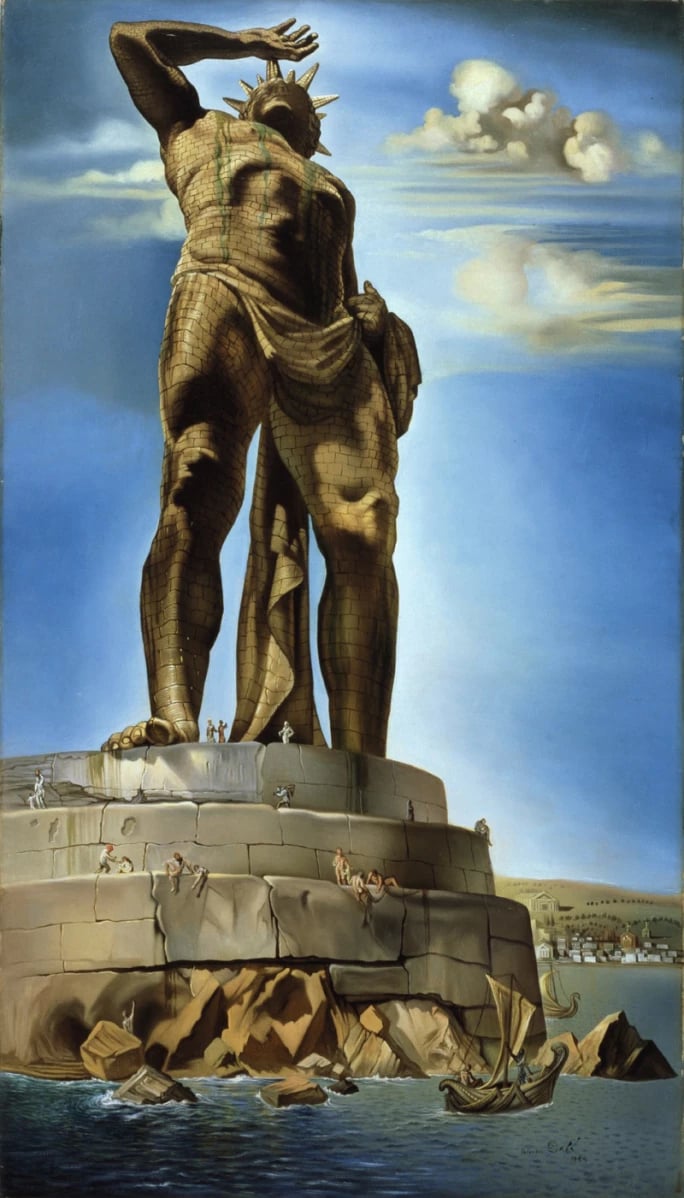
Not all the ancient wonders were created solely for their symbolic meaning, the Lighthouse of Alexandria actually served a practical purpose. The Lighthouse of Alexandria, built around 280 BC, was a marvel that guided ancient seafarers safely into the bustling port of Alexandria, Egypt. Standing on the island of Pharos, it was the only wonder of the ancient world that had a clear, practical function.
The Lighthouse was a significant architectural achievement, with modern estimates of its height reaching up to 450 feet (137 meters). It consisted of three distinct sections: a square base, an octagonal middle, and a cylindrical top. The use of large blocks of light-colored stone, molten lead for joining, and a drainage system to prevent flooding demonstrated the most advanced construction techniques of the time. At its peak, a fire burned brightly, its light magnified by polished bronze mirrors, guiding ships from miles away. A large statue of Zeus adorned its pinnacle, adding a touch of divine benefaction.
Like many ancient wonders, the Lighthouse faced decay and destruction. Several earthquakes between 320 AD and 1323 AD severely damaged it, and eventually, it was reduced to ruins. In 1480, the Mamluk sultan Qaitbay built a fort on the site, incorporating the remains.
The Lighthouse left a lasting impact on language itself. The word “pharos” became synonymous with the term for a lighthouse in many languages.
Today, visitors can explore the underwater remains of the Lighthouse near Pharos Island. Though the structure itself is gone, the site still whispers of a time when it stood as a guiding light for ancient seafarers.
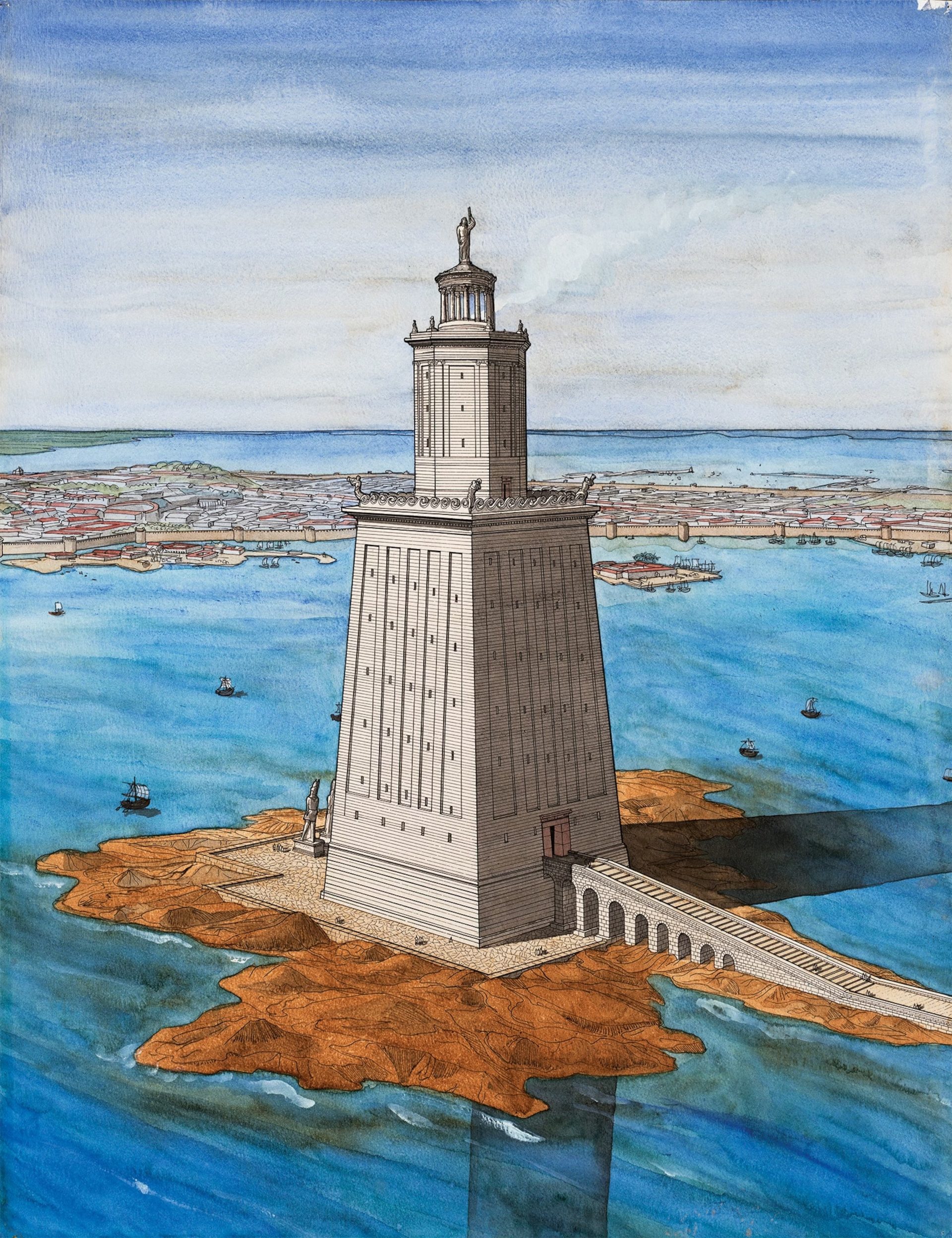
Our exploration of the Seven Wonders of the Ancient World has been a journey through time, across lands filled with mystery and grandeur.
While many similar lists have been compiled since then, these seven hold a special place as the original wonders. They are the benchmarks against which all subsequent wonders are measured. They have sparked the imaginations of artists, writers, and travelers for centuries, giving birth to countless works of art and literature. They are the stories that continue to be told, the mysteries that continue to be explored, and the inspirations that continue to be felt.
